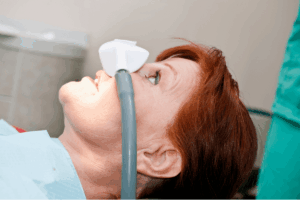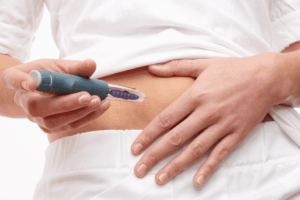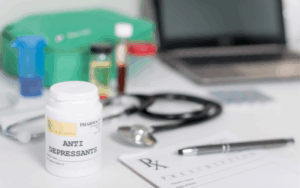
The United States Medical Licensing Examination (USMLE) is a three-step examination for medical licensure in the United States. The examination is sponsored by the Federation of State Medical Boards (FSMB) and the National Board of Medical Examiners (NBME). Foreign medical graduates (FMGs) who wish to practice medicine in the United States must pass the USMLE in order to obtain a medical license.
The examination is designed to assess the knowledge, skills, and abilities required of a physician practicing in the United States. Before a physician can practice medicine in the United States, they must pass all four portions of the United States Medical Licensing Exam. On the same examination, foreign-educated students and medical professionals are evaluated using the same standards as their American-educated counterparts.
About the US Medical Licensing exam
The United States Medical Licensing Exam (USMLE) is designed to guarantee that patients receive safe and effective treatment. Candidates will be assessed on their ability to apply conceptual knowledge in practical contexts, focusing on providing quality care to individual patients. The format of the test, which comprises three independent multiple-choice questions, will be discussed below (Step 1, Step 2, and Step 3).
Licensing Exam
Step 1: Multiple-choice exam
This test assesses the candidate’s ability to apply general scientific ideas to specific clinical settings.
Step 2: Two Independent Exams
The Step 2 Clinical Knowledge (CK) test is intended to establish if the examinee possesses the degree of medical knowledge and clinical science understanding required to provide patient care under supervision. Step 2 Clinical Abilities (CS) exam, a distinct “hands-on” test that involves interviewing standardized patients, doing physical exams, reporting results to patients, and writing patient notes, puts examinees’ clinical and communication skills to the test.
Step 3: Multiple-Choice Exam
The test examines the examinee’s ability to use medical knowledge and grasp the biological and clinical science required for the unsupervised practice of medicine in ambulatory settings in this multiple-choice exam).
Purpose of the USMLE
The United States Medical Licensing Examination (USMLE) was created to standardize the procedure by which medical school graduates are evaluated across the country. This is a critical step for all college graduates. Internationally trained physicians are evaluated in the same manner as their American colleagues. The USMLE is a challenging examination and requires extensive preparation. Many FMGs choose to take a preparatory course before taking the USMLE. Additionally, after passing USMLE, FMGs must also pass a clinical skills test such as Clinical Skills Assessment (CSA) which is designed to test their ability to communicate with patients, perform physical examinations, and make accurate diagnoses.
Requirement for foreign doctors in the US
The Educational Commission for Foreign Medical Graduates is responsible for foreign medical graduates’ accreditation (ECFMG). Prospective physicians must complete a recognized medical degree and ensure that their university is included in the World Directory of Medical Schools. Those who have completed medical school can next search for residency programs.
This should be done before or after taking and passing the USMLE Step 3. Some applicants complete Step 3 before applying to residency programs, while others wait if their scores on Steps 1 and 2 are solid because of the stringent standards required by resident programs. After completing Step 2, it is standard practice to proceed to Step 3 of a graduate residency program.
In summary, USMLE is a mandatory exam for foreign doctors who wish to practice medicine in the United States. It is a three-step examination that assesses the knowledge, skills, and abilities required of a physician practicing in the United States. FMGs must pass all three steps of the USMLE and in some cases also pass a clinical skills test in order to obtain a medical license.















